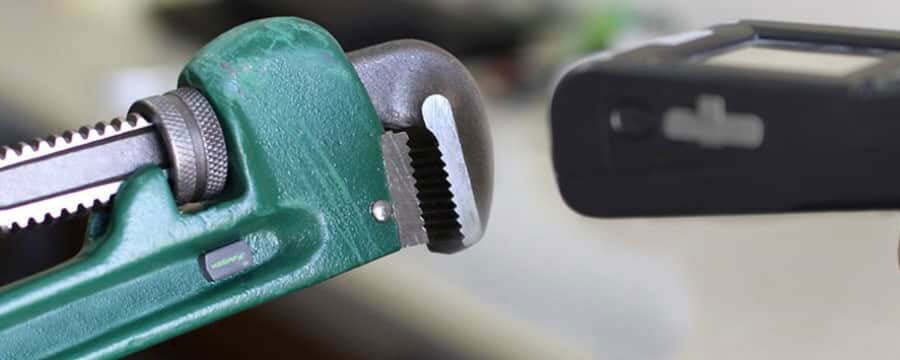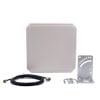Applications
- Pet Identification
- RFID microchips are implanted in pets to provide a unique identification number. This helps in recovering lost or stolen pets by ensuring each pet has a distinct identity.
- Health and Vaccination Records
- RFID tags can store information about a pet’s health history and vaccination records, allowing pet owners and veterinarians to easily access and update these details.
- Pet Access Control
- RFID-enabled pet doors can automatically recognize pets, allowing only authorized animals to enter or exit, thus enhancing pet safety.
- Activity Monitoring
- Combined with other sensors, RFID technology can track a pet’s activity levels, eating habits, and overall health, providing comprehensive health management.
Key Standards
- ISO 11784
- Defines the structure of the identification code stored in the RFID tag used for animal identification. The code is 64 bits long, including a country code and a unique animal ID number.
- ISO 11785
- Specifies the technical aspects of the communication between the RFID tag and the reader, including signal modulation and data transmission methods. It is primarily used for low-frequency (134.2 kHz) RFID systems.
Implementation Methods
- Subcutaneous Microchips
- These small RFID tags are implanted under the skin of pets, typically in the neck area. The implantation process is simple, similar to a vaccination shot.
- Data Management Systems
- RFID-based pet identification systems are often integrated with databases and management software, which store and manage detailed information about the pet, such as identification data, health records, and owner contact details.
- RFID Readers
- Veterinarians, pet hospitals, shelters, and pet owners use handheld or fixed RFID readers to scan the microchip and retrieve the pet’s information quickly.
Benefits
- Unique Identification: Each RFID tag has a unique ID number, ensuring accurate and error-free identification.
- Durability: RFID microchips are small, lightweight, and durable, typically lasting the pet’s lifetime.
- Convenient Management: Provides an electronic management system for storing and accessing pet information easily.
- Quick Identification: RFID readers can swiftly read the microchip, improving identification efficiency.
Examples
- Lost Pet Recovery:
- When a pet goes missing, the person who finds the pet or a shelter can use an RFID reader to scan the microchip, instantly retrieving the owner’s contact information.
- Pet Access Systems:
- Advanced pet doors equipped with RFID readers can identify pets by their microchips and allow only authorized pets to enter or exit, ensuring that no unwanted animals can access the premises.
By using RFID technology, pet management becomes more intelligent and efficient, enhancing pet safety and health while providing significant convenience for pet owners.












